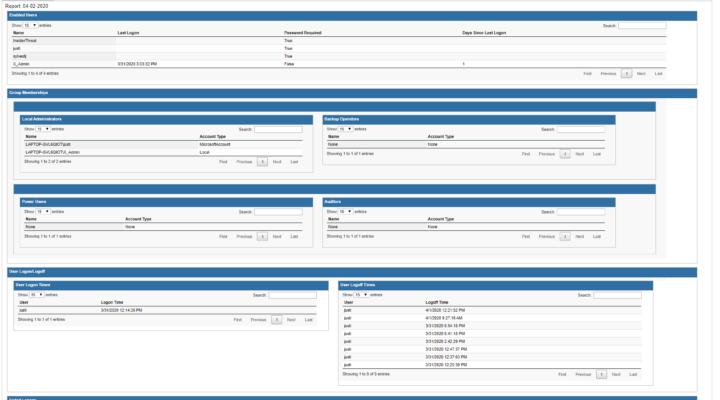
In our current cybersecurity landscape, the need for secure systems is your first line of defense against cyber threats. Today’s systems and networks are not only complex but also constantly threatened by various adversaries and system hardening is crucial to ensuring and maintaining a secure network.
A proactive approach, and one of the most powerful tools in an IT professional’s arsenal is STIG evaluation—a Security Technical Implementation Guide. Allow us to guide you through a few insights on how to use STIG evaluations as a linchpin in your cybersecurity strategy.
Understanding System Hardening and Its Role in Cybersecurity
System hardening is the process of securing a computer system to reduce its vulnerability to threats. This involves software and hardware solutions, ranging from patch management and configuration settings to removing or disabling unnecessary services and modifying protocols. The aim is to minimize the attack surface of a system, making it more resilient against intrusion attempts.
The Role of DISA STIGs in System Hardening
The Defense Information Systems Agency (DISA) Security Technical Implementation Guides (STIGs) are a set of security benchmarks for various technologies, ensuring systems are set up and configured securely. STIG evaluations play an essential role in system hardening by providing a meticulously crafted set of guidelines that, when adhered to, can significantly bolster the security of the evaluated technologies.
Risk Management Framework (RMF) and Authority to Operate (ATO)
Organizations will sometimes have a contract that requires them to handle sensitive information that needs to be protected, and they need to go through the Risk Management Framework (RMF) process to get an Authority to Operate (ATO).
The first step in getting an ATO is procuring the system that you’ll be performing the work on and STIGing/hardening it.
This two-stage process ensures the system is secure and compliant, mitigating potential security risks.
- Phase 1: System Hardening: STIG evaluations are used to identify and implement security controls on the system, minimizing vulnerabilities.
- Phase 2: Documentation: Once the system has been hardened, all relevant documentation is collected and submitted to the appropriate authority for review.
SecureStrux’s full RMF services include support for both Phase 1 and Phase 2, providing tailored documentation and reports that comprehensively cover all aspects of RMF compliance.
The Benefits of Adhering to DISA STIGs
Compliance with DISA STIGs offers a multitude of benefits, from reducing the likelihood of a successful cyber attack to ensuring that systems are operationally ready and aligned with security best practices. These benefits translate to overall improved system resilience and an organization’s more robust security posture.
Streamlined RMF Implementation and System Hardening With SecureStrux
SecureStrux offers a comprehensive suite of services that streamline and optimize RMF implementation, from initial system categorization to the continuous monitoring process.
Leveraging Securestrux’s expertise ensures that RMF activities are conducted efficiently and effectively, resulting in a more secure environment for your systems.
SecureStrux specializes in providing the consulting expertise and full lifecycle security solutions that organizations need to remain compliant and secure in today’s cyber landscape. Through an innovative approach and dedication to excellence, SecureStrux is transforming the way businesses view and handle their cybersecurity practices. Contact us today to discover how you can implement a truly robust system-hardening strategy that ensures peace of mind and operational continuity.
The latest in Cybersecurity
Enter your email to get the latest news, updates,
and content on cybersecurity.
"*" indicates required fields




